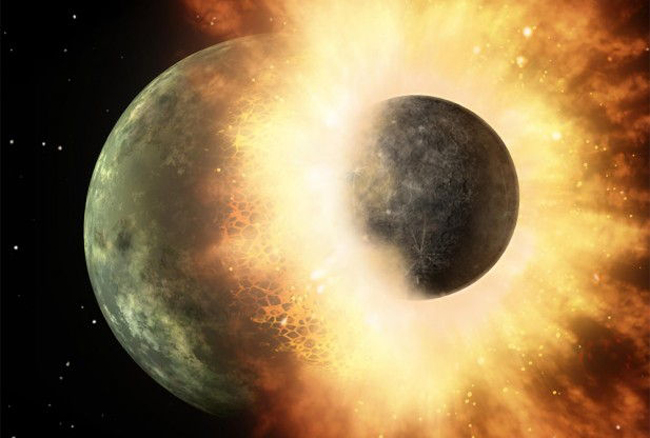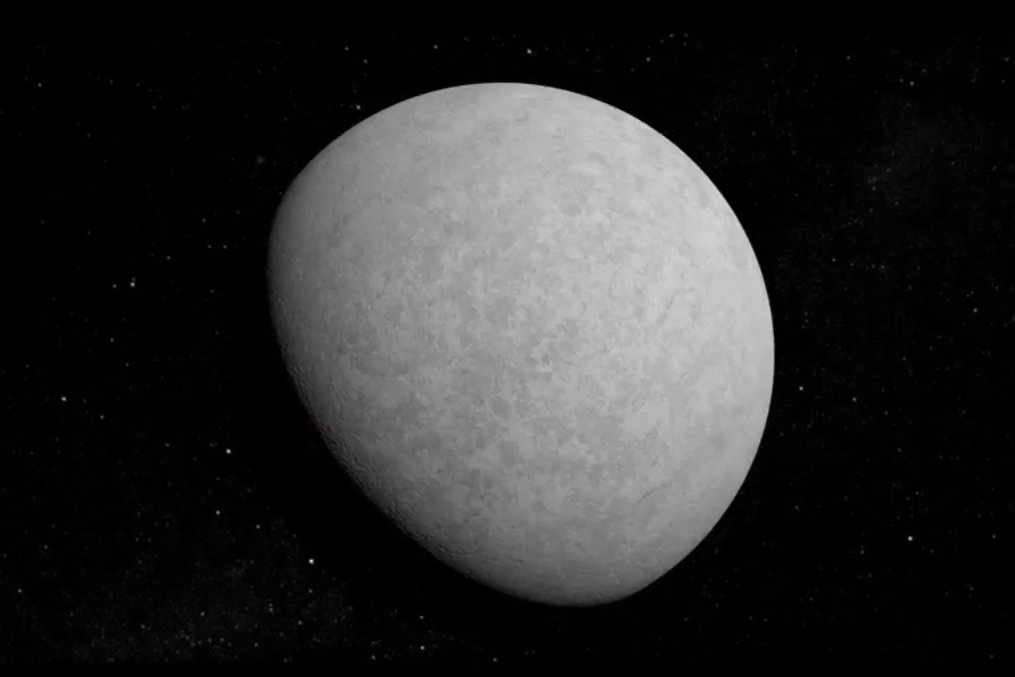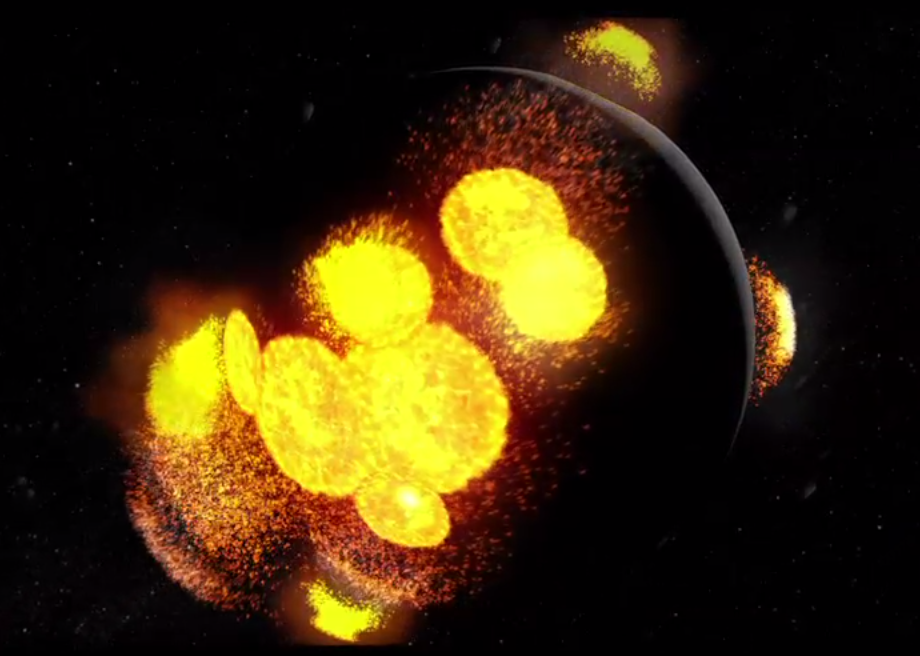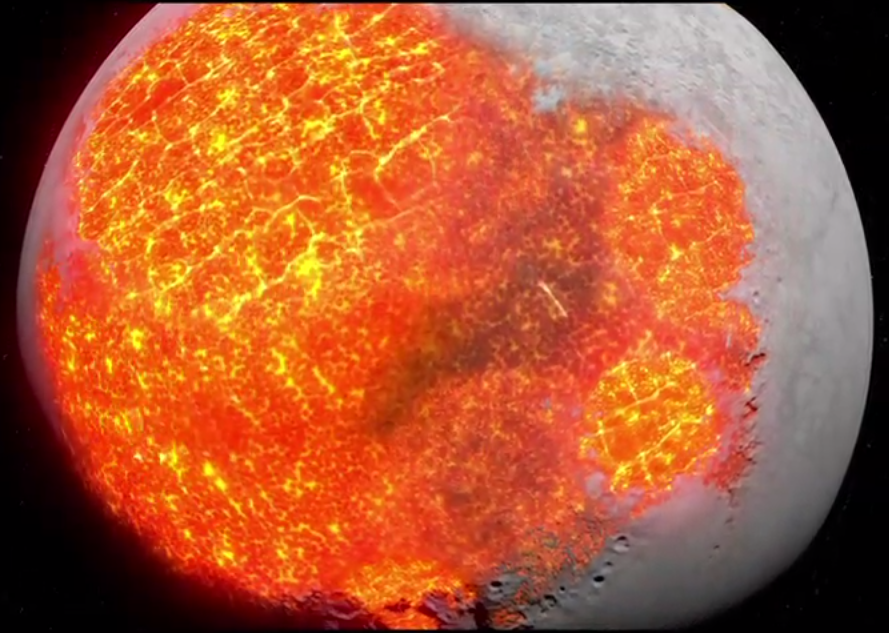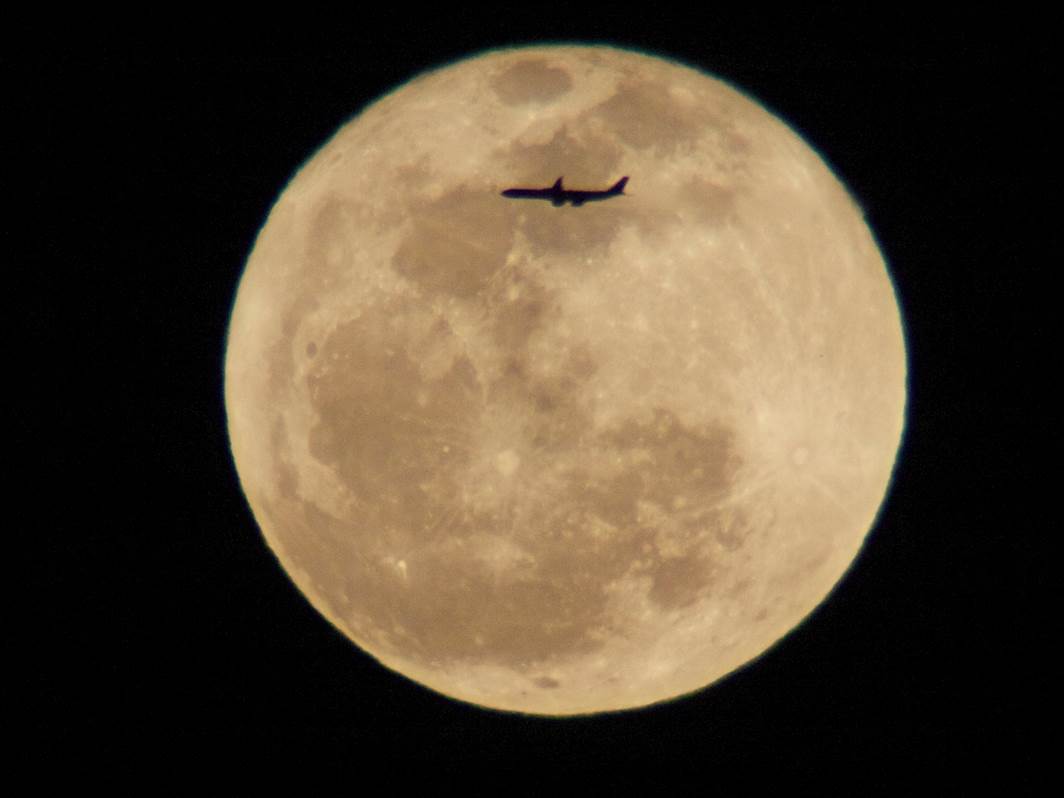How the Moon Evolved: A Photo Timeline
Bang! Mars-size body impacts Earth
According to a new study, scientists think Earth's moon formed about 95 million years after the first solids condensed in the solar system. Read the Full Story: Moon's Age Revealed, and a Lunar Mystery May Be Solved. While there are competing theories, most scientists think that in those early days of the solar system Earth was impacted by a huge, Mars-sized body that spewed debris into orbit around the nascent planet. [See the moon's formation and evolution in this step-by-step Space.com infographic.]
Debris coalesced to form the moon
Eventually, gravity bonded the vaporized debris from Earth's crust together, creating the moon. Earth's moon is the largest in the solar system in relation to its host planet. In theory, the impact that created the moon was so forceful that it left the natural satellite as a hot, liquid blob during its early formation. [See the moon's formation and evolution in this step-by-step Space.com infographic.]
Crust formed after magma cooled
As the molten rock cooled, the lunar crust formed, but the baby moon didn't get much of a reprieve from the cosmic action. Between 4.5 billion and 4.3 billion years ago, scientists think that a huge object impacted the moon's south pole, forming the South Pole-Aitken Basin. It is one of the two largest known impact basins in the solar system, and skywatchers can still observe it on the moon's face today. [See the moon's formation and evolution in this step-by-step Space.com infographic.]
Asteroids pock-marked the moon
From about 4.1 billion to 3.8 billion years ago, the solar system experienced what scientists call the Late Heavy Bombardment. Researchers think that the moon and inner planets were pummeled by unknown numbers of asteroids and comets. Because the interior of the moon wasn't completely cooled at this time, magma seeped out through cracks in the lunar surface, according to NASA. [See the moon's formation and evolution in this step-by-step Space.com infographic.]
Earth's volcanic moon
Until about 1 billion years ago, the moon's nearside was volcanic. The dark, basaltic planes called lunar maria. ("seas" in Latin) that can still be seen on the moon's surface were formed by ancient volcanism. The last of the large impacts also probably happened around this time. Eventually the moon cooled, and experienced other, smaller impacts, giving it the pock marked appearance it has today. [See the moon's formation and evolution in this step-by-step Space.com infographic.]
The moon we see today
Today, anyone looking skyward on a clear night can see the after effects of the moon's evolution on its face. At the moment, the moon is 225,623 miles (363,104 kilometers) from Earth during its closest approach, but the planet's only natural satellite is slowly moving away from Earth. The moon is distancing itself from Earth at a rate of about 1.5 inches (4 cm) every year. Keep learning more about the moon's formation by taking a video tour of the moon's evolution: How the Moon Evolved – Video Guided Tour. [See the moon's formation and evolution in this step-by-step Space.com infographic.]
Breaking space news, the latest updates on rocket launches, skywatching events and more!

Miriam Kramer joined Space.com as a Staff Writer in December 2012. Since then, she has floated in weightlessness on a zero-gravity flight, felt the pull of 4-Gs in a trainer aircraft and watched rockets soar into space from Florida and Virginia. She also served as Space.com's lead space entertainment reporter, and enjoys all aspects of space news, astronomy and commercial spaceflight. Miriam has also presented space stories during live interviews with Fox News and other TV and radio outlets. She originally hails from Knoxville, Tennessee where she and her family would take trips to dark spots on the outskirts of town to watch meteor showers every year. She loves to travel and one day hopes to see the northern lights in person. Miriam is currently a space reporter with Axios, writing the Axios Space newsletter. You can follow Miriam on Twitter.
